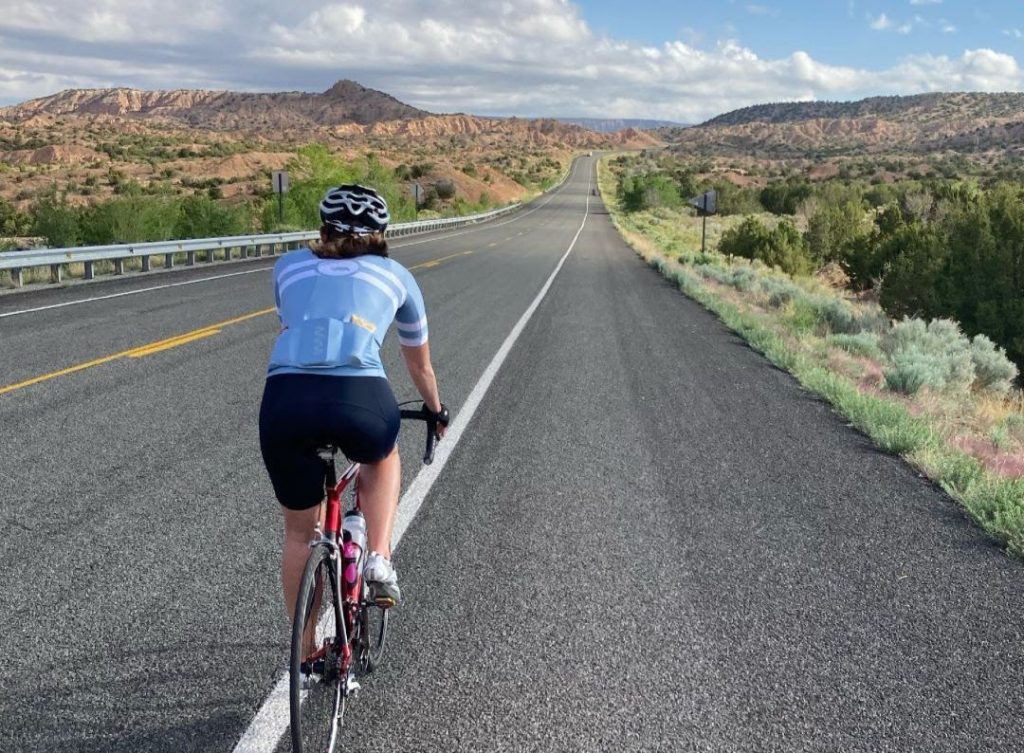Words by Taylor Thomas
Coach Taylor is the Founder of TEC and a lifetime endurance athlete. For more information on coaching services, or to schedule a free orientation call with an expert coach click HERE.
So you’ve just completed your first big goal for the year. Hopefully, you’re feeling the sense of accomplishment that comes with pushing yourself and reaching the goal you set out to achieve. You’re probably also feeling tired and sore with hints of both mental and physical exhaustion. That’s okay. You should be tired, but how you handle your recovery is important. Let’s walk through the best practices for how to recover, refocus, and retool after a big effort so that you can be prepared to tackle your next big goal.
1- Physical Recovery
Your body will more than likely be the first place you notice your fatigue. That’s a good thing. That means you used it and pushed it to perform. It also means that new levels of fitness were probably achieved. However, in order to continue to push it, you need to take care of it. Stretching and foam rolling are a great place to start. In the days following the completion of your goal, you should set aside time to actively work on areas that feel strained or are the most fatigued. Typically these are the hips, glutes, hamstrings, calves, ankles, low back, and quads. That’s not to say that other areas don’t need attention, but these tend to be the go-to’s for most athletes. Working on mobility exercises and self-myofascial release (SMR) helps to improve blood flow and reduce tightness, soreness, and inflammation.
2 – Nutrition
Nutrition is the fuel your body needs to perform, but it’s also what your body needs to recover. Most athletes are aware of the importance of proper nutrition, but in the hours and days following a big effort, it’s imperative that the body receives the proper nutrients. Below are some general guidelines.
- Consume 1.25-1.5L/kg/fluid/body mass lost.
- Consume 1.2+g/carbs/kg/hr for 4-6 hours after intense or extended (90 min) exercise.
- Consume .2-.5g/protein/kg/hr with carbohydrate foods
3 – Timing
It’s only natural to want to capitalize on a good performance or jump back into preparation for another big goal as soon as possible. While that feeling is good overall, it’s important to temper your reentry into intense training. All of your goals can’t be “A Priority” and your body needs some space between those efforts. For goals that you’re heavily invested in (mentally and physically) try to leave at least 4-6 weeks between them to allow for proper recovery and rebuild.
4 – Mental Preparation
Athletes often take a “body first” approach when it comes to preparation, execution, and recovery. However, time and time again we see the mental and emotional aspects of training and racing become the limiters. After the completion of a big goal, take time to think through the mental components of both that event, as well as what’s ahead. Here are some guiding questions.
Based on how you’ve defined success, did you reach your goal? If you answered yes, then ask yourself if that’s a healthy and sustainable way to approach your next goal. If the answer was no, what was it that kept you from achieving your goal?
Do you feel like you found a sustainable and appropriate balance in the build-up to this past event?
What would/will you change in your preparation for your next event to increase the likelihood of success?
5 – Training
You’ve taken time to recover, stretch, foam roll, and refocus. Now it’s time to begin training again. What do you do? The first step is to use the previous goal event to inform your decisions regarding training going forward. What were your limiters? Were there skills that were lacking? Were there areas where you were clearly strong and need to bolster those strengths? Priority events or workouts should be used to inform the types of workouts you perform, the duration, intensity, and frequency of your training. Also, you should start slow. Begin with some recovery style workouts and check in with your body. Give yourself 10-14 days to build up and get reacquainted before reentering race level intensity and volume.
6 – Strategy
Having a plan in place is critical for success. Action follows intent. However, too rigid of a plan can derail long term success. In the days and weeks following the completion of a big goal, be sure to pay attention to some of the more nuanced aspects of recovery. How’s your sleep? Your appetite? Perceived exertion? Attitude? Mood? If too many of these areas are “in the red” then the plan should be adapted. Don’t be so tied to your plan that you become blind to the clear signs your body is giving you.
The preparation and execution of aggressive goals are one of the most attractive things about endurance sports. They provide a focus and feeling of accomplishment that’s hard to replicate. Once you’ve given yourself the opportunity to revel in your accomplishment, take the necessary steps to recover properly. It can be the time period that sets the tone for the success that you’ll have in the future, so give it the attention it deserves.




2 Comments. Leave new
Great article Taylor
Thanks Alana!